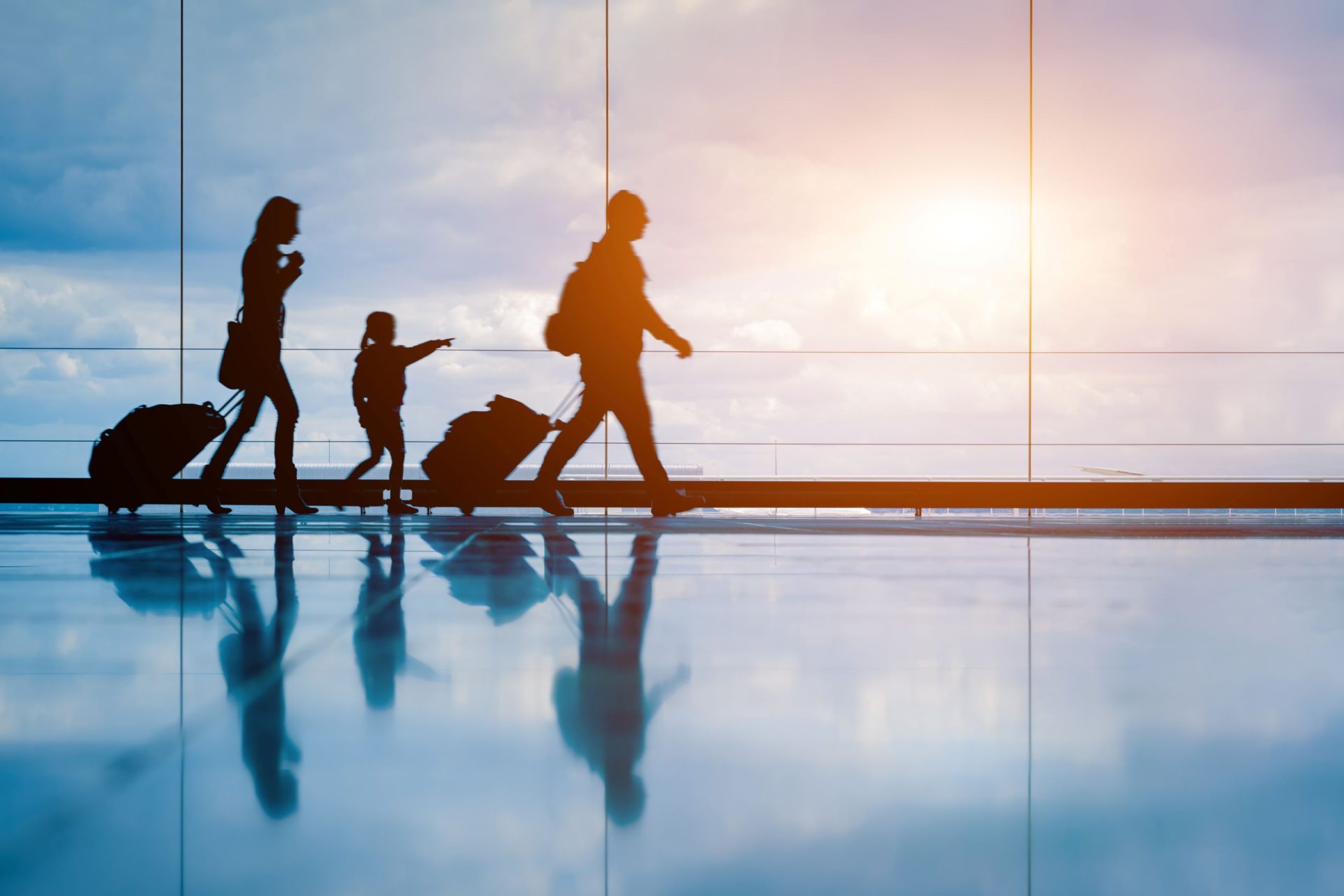Other parts of this series:
Few industries have faced more disruption over the past two years than travel. Ever-changing pandemic travel restrictions, local and national restrictions on businesses, customer cancellations, refund demands and other challenges have left many travel businesses, large and small, struggling to simply survive.
My first post in this series Growth in digital payments: a cross-industry view provided an overview of how the growth and evolution of digital payments are affecting all industries. In this post, we’ll dig deeper into the ways that payments can accelerate the recovery of the travel sector. Payments may not be the first tool that comes to mind when we think about how to help the sector to recover, but there are many ways for businesses in the travel sector to use the opportunities uncovered through payments transformation to recover from the pandemic, reduce their costs and drive new revenue streams. Here are five areas we think travel businesses should focus on.
Payments costs represent an $8 billion expenditure for the airline industry.
-IATA Travel Payments Whitepaper, 2020
1. The customer experience
Seamless customer experiences are now expected across all industries. The travel industry can benefit from improving payments integration at the point of check-out to increase straight-through processing and reduce cart abandonment. Customers should be able to pay for travel as easily as they pay for other products—from devices to dinner. Point-of-sale solutions, digital wallets, buy now, pay later and frictionless check-out experiences that work on any device all have roles to play. A single system that can simultaneously access various payment methods including vouchers, loyalty points and bank transfers will reduce customer pain points and, as a result, journey drop-outs.
2. Innovative products
Many customers have become travel-shy since 2020 because of the disruptions and uncertainty of the pandemic. Travelers will need reassurance that paying for travel plans that may need to change will not result in complicated, frustrating procedures or battles with travel providers. The inherent risk of paying in advance for travel that is scheduled weeks or months later can be managed using innovative payments products.
The Fly Now Pay Later app allows customers to book flights instantly, without a credit card, and spread their payments over 3-12 months.
For example, buy now, pay later systems can help to spread the risk for customers by allowing them to make payments over a longer period of time as their trip approaches. Integration of insurance products can also address risk and reassure customers. Payments technology can facilitate promotions like a “price freeze” to help encourage customers to book immediately, rather than waiting to see whether prices drop closer to their departure date.

Fueling payments growth with new value propositions: Accenture research highlights how payments leaders outgrow the competition in the face of disruption and evolving customer needs.
LEARN MORE3. Loyalty
Loyalty programs have been a mainstay of the travel industry for decades, but they have not kept pace with changes in customer behavior and expectations. Because loyalty points are a form of payment, any reinvention of loyalty programs should be part of the company’s payments strategy.
Loyalty programs should be seamlessly tied to payments options through digital integration. For example, travel businesses can extend their reach through co-branded loyalty programs in partnership with banks and other card issuers. Customers want flexibility and simplicity. Any barriers to accessing loyalty rewards can make the provider seem less trustworthy and erode customer confidence. Customers should be able to easily see, track and use their loyalty rewards.
Partnerships play an important role in loyalty schemes, and it’s essential that customers are able to access their loyalty rewards through any partner’s payments system. For example, if an airline offers points that can be used at a hotel chain, but the hotel chain’s online payment system isn’t connected to the loyalty points database, customers will be frustrated. Effective loyalty schemes will help companies keep their customers and drive further recovery.
4. B2B payments
Retail payments are only part of the puzzle for travel providers. B2B payments offer further opportunities to streamline and optimize the systems used by corporate travellers, travel agents, airlines, hotel chains, car rental companies and other travel-related businesses.
The existing system of “virtual cards” used by corporate customers has become outdated. It can be replaced with improved payments systems that are more efficient and flexible. Modern systems should allow companies to better manage travel-related expenses and travellers to easily book and update their travel using corporate accounts. Open banking protocols can be used to add flexibility, and a payments marketplace can help to simplify paying for connected trips and track all of the associated costs in one place.
Industry settlement schemes, such as those between airlines and travel agents, are currently rigid and industry-specific. Modernizing these systems with current payments technology and integrated platforms can simplify settlement and save time and frustration for parties on both sides of the transaction.
5. Decoupled payments
When payments systems are tied to proprietary reservations or property management systems, they are often inefficient and difficult to integrate or update. Many hotel chains, airlines and other travel businesses use their own systems, which have become expensive, burdensome and inflexible. The costs associated with maintaining these systems are significant, and the costs of modernizing them may be out of reach for all but the biggest players.
41% of travel firms say the biggest source of financial stress is the complexity of managing payment systems.
-IATA Travel Payments Whitepaper, 2020
Decoupling payments from these systems and partnering with other travel businesses makes it easier to create the seamless payment experiences customers expect while lowering costs. Using an integrated, third-party payments ecosystem, for example, can reduce costs by spreading the overhead across many businesses instead of having each provider pay to maintain its own system. With the right partnerships in place to support these ecosystems, the unique needs of the travel industry can be integrated into the platform so that the system works for everyone involved.
To discuss how innovation in payments can help your business on the road to recovery, contact me here. We’ll be examining how the growth in digital payments is affecting other industries in upcoming posts.











